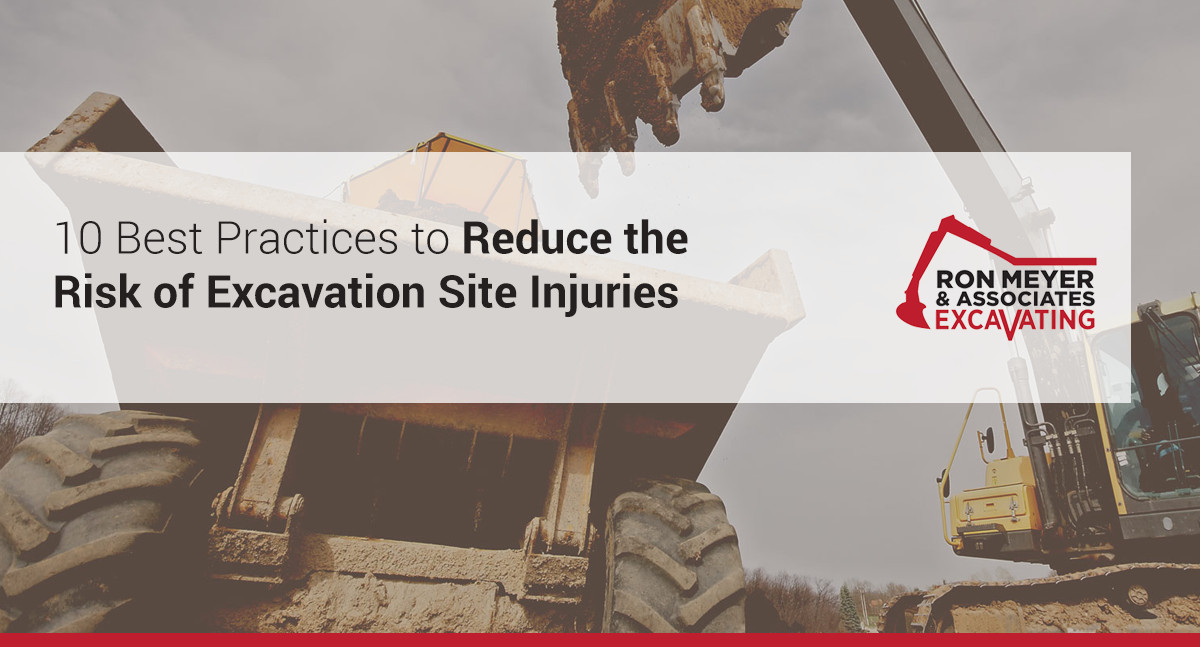
When employers share the details of their safety and health programs with workers, they should emphasize the critical role workers play in keeping the jobsite safe. Employers also need to emphasize specific practices that will help reduce the risk of on-the-job injuries at excavation sites. Such practices can include the following:
- Know where underground utilities are located before digging.
- Keep excavated soil (spoils) and other materials at least 2 feet (0.61 meters) from trench edges.
- Keep heavy equipment away from trench edges.
- Identify any equipment or activities that could affect trench stability.
- Test for atmospheric hazards such as low oxygen, hazardous fumes, and toxic gases when workers are more than 4 feet deep.
- Inspect trenches at the start of each shift.
- Inspect trenches following a rainstorm or other water intrusion.
- Inspect trenches after any occurrence that could have changed conditions in the trench.
- Do not work under suspended or raised loads and materials.
- Ensure that personnel wear high-visibility or other suitable clothing when exposed to vehicular traffic.
Common questions:
- What is the difference between an excavation and a trench?
- When Must Employers Conduct Excavation Site Inspections?
- What Excavation Hazards Do Employers Need to Address?
- What are the requirements for safely installing & removing protective systems?
- What is a Competent Person in Trenching & Excavation?
- What are the soil classification categories in excavation?
- What is the effect of water accumulation on excavation safety?
- What means of access & egress must employers provide in excavation?
At Ron Meyer & Associate Excavating, Inc, we’ve been providing underground and commercial construction to private and commercial businesses for 39 years. As the general contractor or subcontractor, our experienced foremen, equipment operators, pipe layers, truck drivers and well-maintained equipment fleet make us an undeniable choice for your excavating services. Let’s talk about your project!
Sources:
- https://www.osha.gov/Publications/osha2226.pdf

As 45 years of experience as an underground/site contactor and a third generation contractor, Ron takes time to go through each individual project with the supervisor and is responsible for all scheduling and equipment logistics. He’s also involved in all troubleshooting for projects.